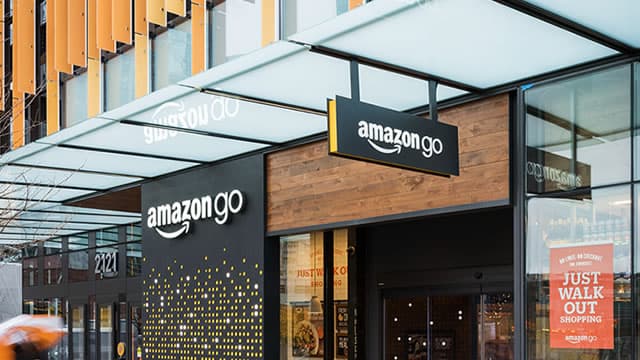The Prime Day Secrets Amazon Doesn't Advertise

Summary
Prime Day, Amazon's major sales event, is a sophisticated marketing strategy designed to boost revenue and Prime memberships, not just offer discounts. While genuine deals exist, many are on inflated-price items or slow-moving inventory. Consumers should track prices and focus on Amazon brands for true savings. For investors, Prime Day's success indicates Amazon's retail strength and Prime ecosystem growth, crucial for long-term revenue and market dominance. Monitoring Prime subscriptions and service engagement post-event provides key insights into AMZN's performance.
The Prime Day Secrets Amazon Doesn't Advertise: Unlocking True Value
Prime Day, Amazon's annual shopping extravaganza, is often touted as a consumer's paradise, promising unparalleled savings across a vast array of products. However, beneath the surface of enticing discounts and flash sales lies a sophisticated marketing machine designed to maximize Amazon's revenue and market share. While the allure of 'big savings' is undeniable, a deeper dive reveals that Prime Day is meticulously engineered, often benefiting Amazon as much, if not more, than the average shopper.
Understanding the Prime Day Playbook
Meredith Margrave's interview with a seasoned marketing expert sheds light on the intricate mechanics behind Prime Day. The expert reveals that while genuine deals exist, many advertised discounts are strategically positioned. For instance, some 'deals' might be on products with inflated original prices, making the discount appear more significant than it is. Others might be on slow-moving inventory, allowing Amazon to clear stock efficiently. The expert emphasizes that Prime Day is not just about selling products; it's a powerful tool for customer acquisition, particularly for new Prime memberships, and for driving engagement with Amazon's ecosystem, including services like Amazon Music, Prime Video, and Alexa-enabled devices.
Traps to Avoid and How to Maximize Your Savings
To truly benefit from Prime Day, consumers need to be discerning. One common trap is impulse buying driven by the fear of missing out (FOMO). The expert advises shoppers to create a wish list in advance and track prices using third-party tools before Prime Day. This allows for a clear comparison of the 'deal' price against historical pricing, revealing whether it's a genuine bargain or a cleverly disguised marketing ploy. Another strategy is to focus on Amazon's own brands and devices, which often see the most significant and legitimate price reductions. Furthermore, leveraging Amazon credit cards or specific payment methods can unlock additional savings, a tactic often overlooked by casual shoppers.
Market Context and Implications for Amazon (AMZN)
For Amazon (AMZN) investors, Prime Day is far more than a sales event; it's a critical indicator of the company's retail strength, logistics efficiency, and ability to drive Prime membership growth. A successful Prime Day translates into robust revenue figures for the third quarter, bolstering investor confidence. The event also provides valuable data on consumer purchasing habits, allowing Amazon to refine its inventory management, personalize recommendations, and optimize its supply chain. The continued success of Prime Day underscores Amazon's dominant position in e-commerce and its ability to innovate in retail marketing. However, investors should also consider the increasing competition from other retailers launching their own 'deal' events, which could dilute Prime Day's impact over time.
Investment Insights: Beyond the Bargains
Investors looking at AMZN should consider Prime Day's long-term implications. While the immediate sales boost is important, the event's true value lies in its ability to reinforce customer loyalty and expand the Prime ecosystem. Increased Prime membership translates to recurring revenue and higher engagement across Amazon's diverse services, from cloud computing (AWS) to advertising. Investors should monitor not just the sales figures, but also the growth in Prime subscriptions and the utilization rates of Amazon's ancillary services post-Prime Day. A strong performance indicates continued market leadership and a robust competitive moat. Conversely, any significant slowdown in Prime membership growth or a decline in average customer spend during Prime Day could signal underlying challenges for the retail giant.
In conclusion, while Prime Day offers undeniable opportunities for savings, it's essential for both consumers and investors to approach it with a strategic mindset. Understanding the underlying marketing tactics and focusing on long-term value will ensure that the deals truly serve you, whether you're a shopper or an investor in the e-commerce behemoth.